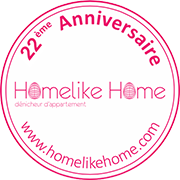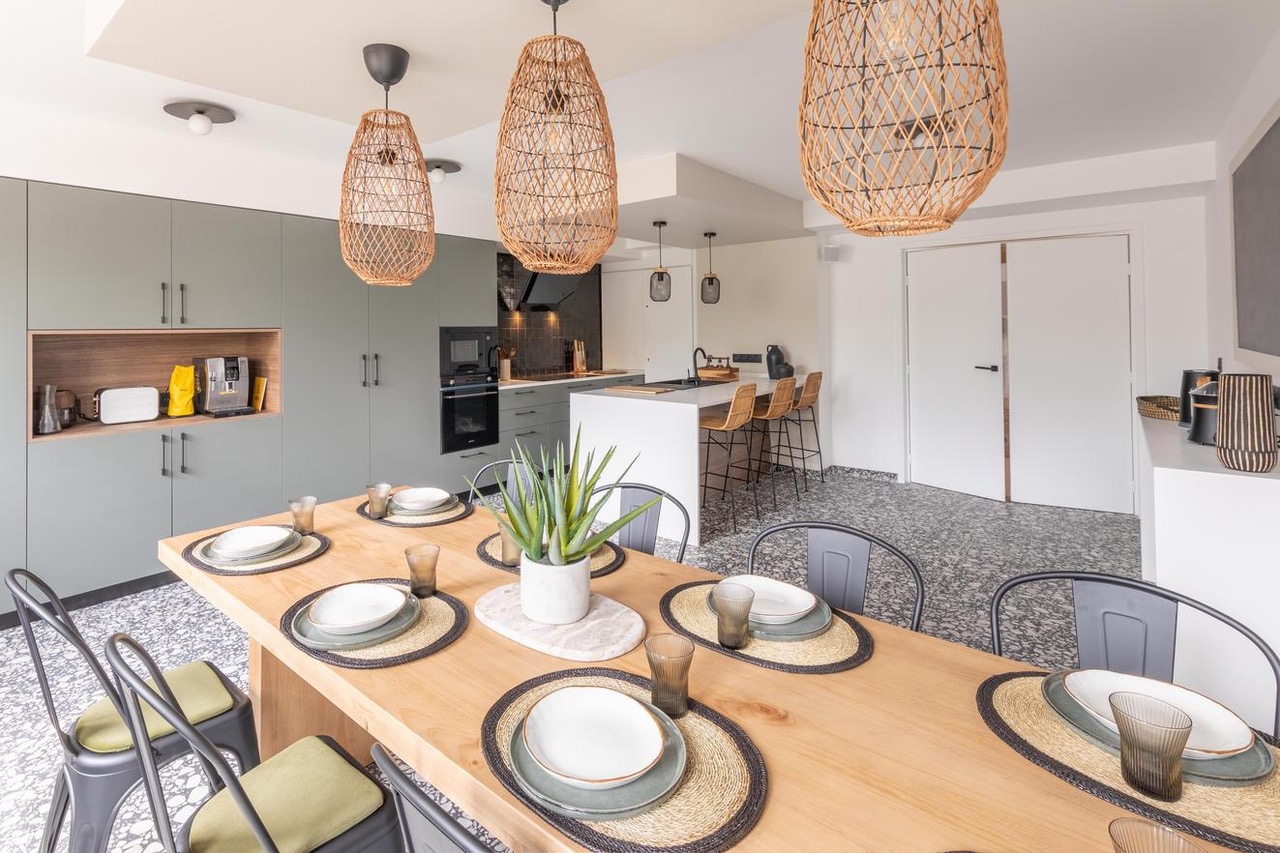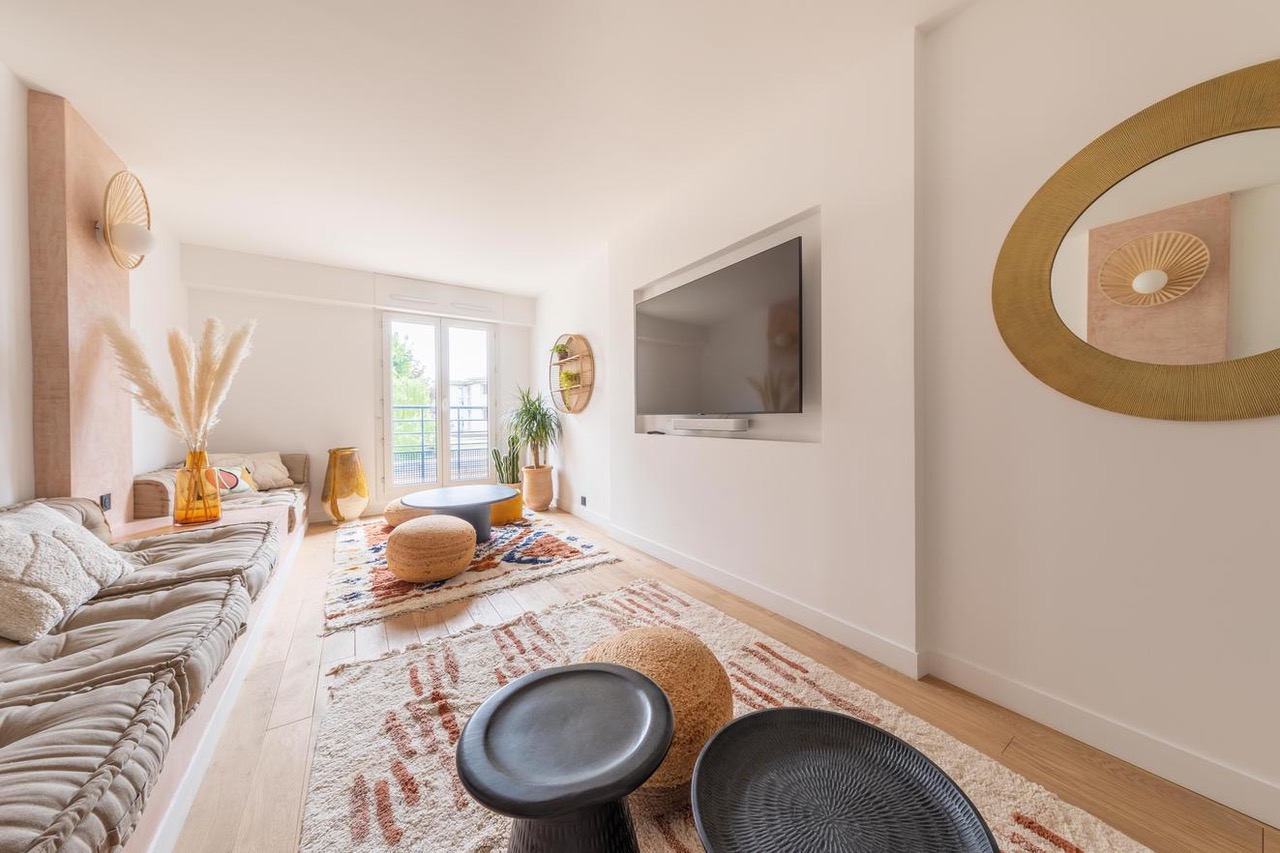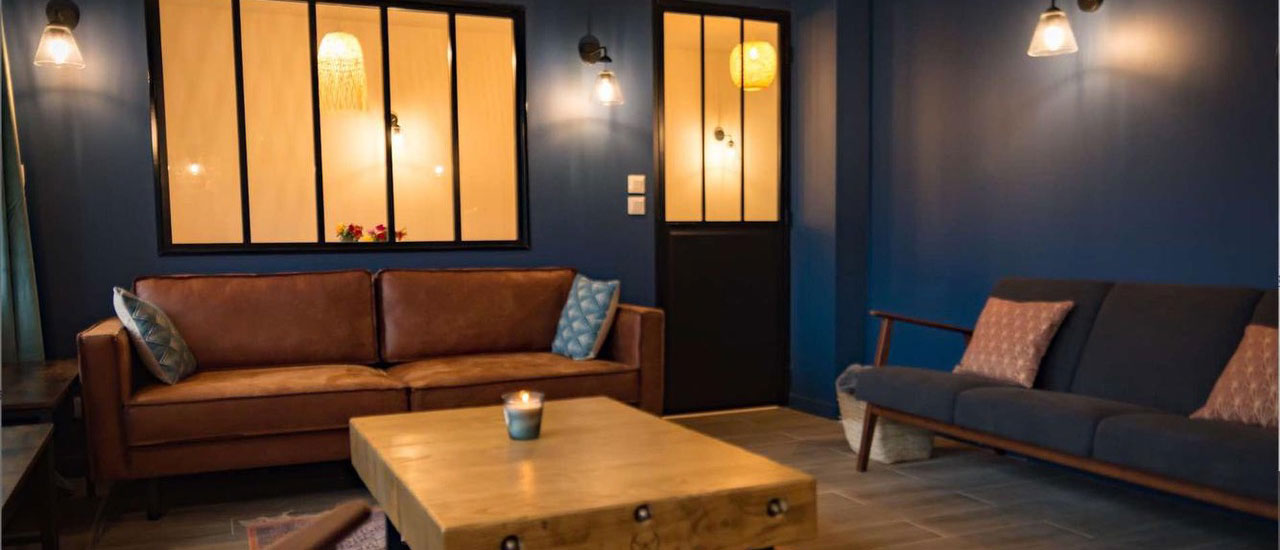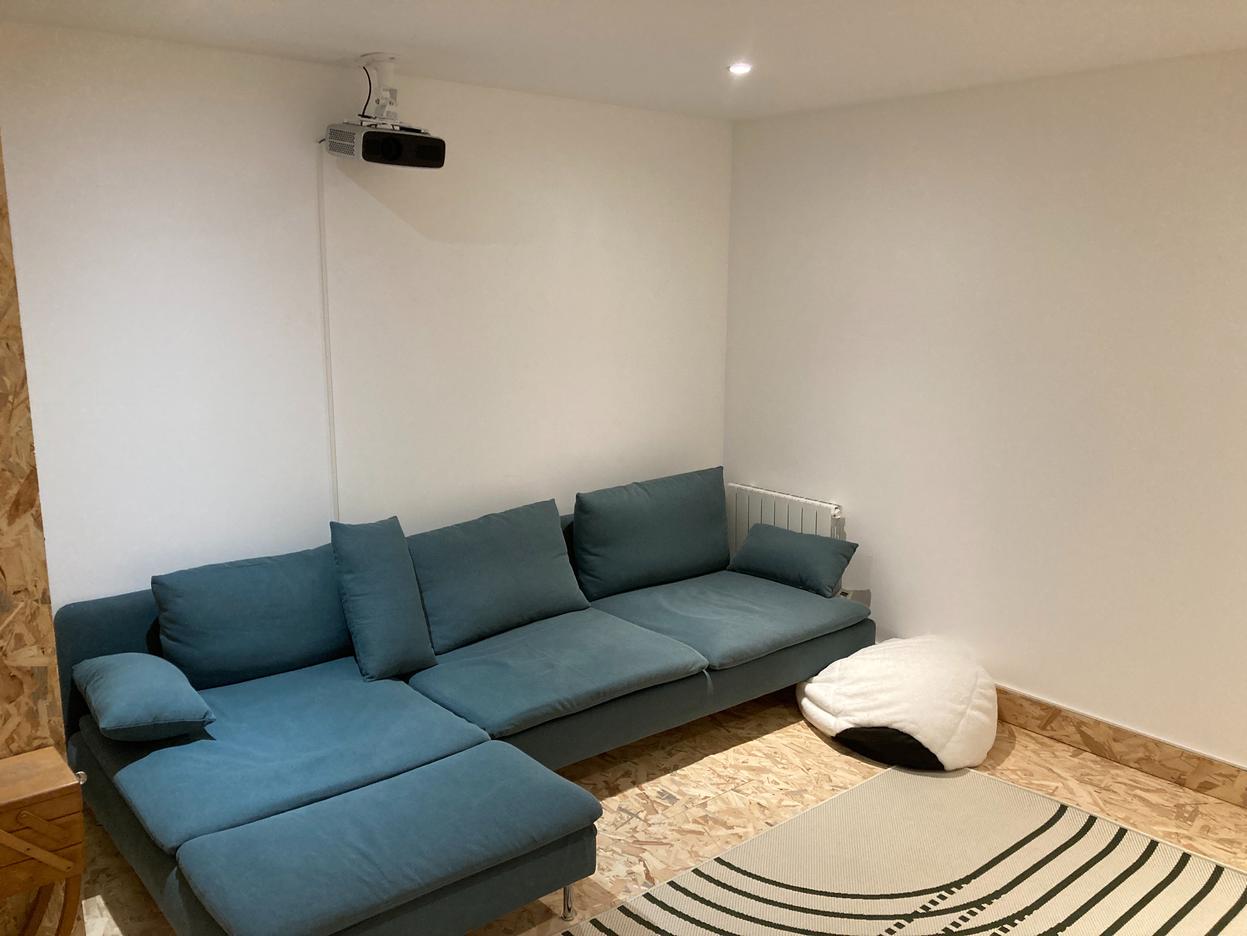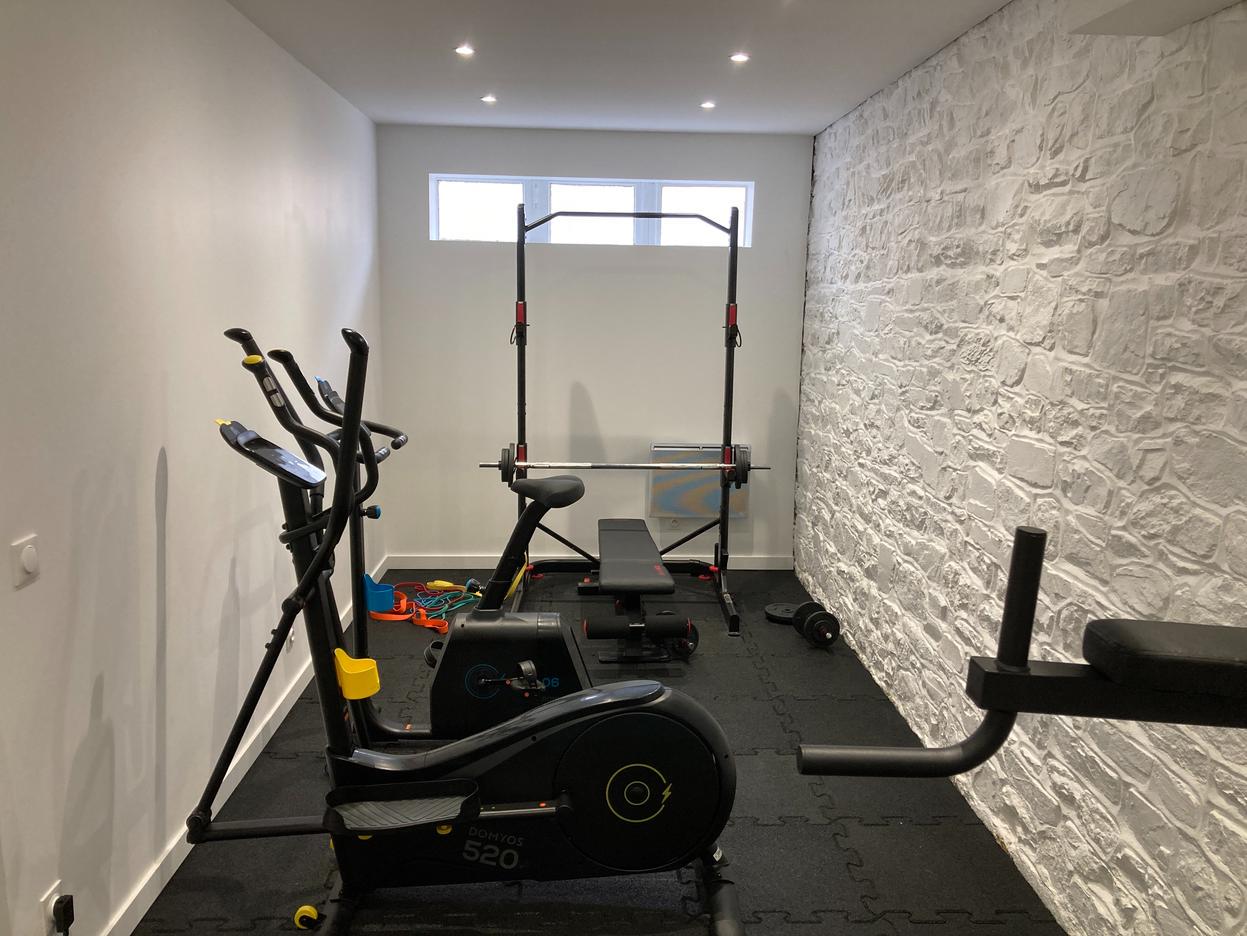What are Millennial’s housing expectations ?
The changing consumer preferences of this generation are impacting the real estate market. For example, 40% of millennials are still living in rental housing at age 30, while this proportion was half as much for the generations born between 1965 and 1980.
Further insight and explanation to these trends illustrate the obstacle that high prices pose when purchasing property as well as the desire to remain independent and not limit one’s mobility. Nearly a third of millennials would not consider homeownership. At Homelike Home, in 20 years of property hunting, we have seen the average age of our first-time buyers go from 31 to 37!
Two factors can partly explain this development: the increase in property prices in large cities making purchasing impossible for young professionals without family help on the one hand and on the other, real estate investment which is considered a barrier to mobility.
The coliving offer is still in its infancy in France but is set to develop. Beyond coliving, the search for social connections, the difficulty of accessing housing, including shared accommodation in large cities, the search for flexibility, as well as the quality of the services provided, are the explanations for the growth of shared housing.
Any advice, need, or desire to buy an apartment to rent as a shared accommodation, contact our team of Homelike Home real estate hunters. We will be able to find the ideal apartment for a future shared rental and above all we will be able to advise you on finding the right company to manage your future co-tenants…
